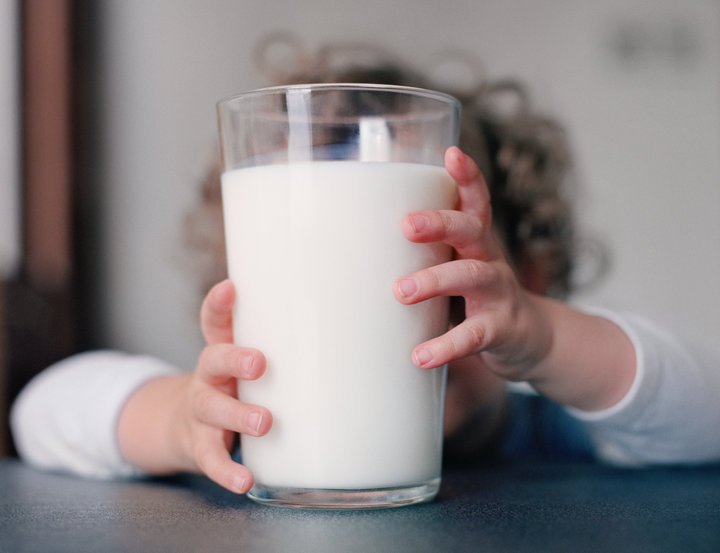Chances are, there’s more than just milk in your carton. If you take a look at the ingredients on your milk jug, you’ll likely see vitamin D listed, even if the milk doesn’t advertise that it’s been fortified with a vitamin. These days, milk is almost always fortified with vitamin D and the reason dates back to the 1900s.
At the turn of the century, rickets ―a childhood bone disorder that can lead to weak and soft bones, stunted growth and sometimes skeletal deformities ―was rampant. Roughly 80 percent of children in Boston suffered from it. The cause of rickets is a deficiency in vitamin D or calcium. Vitamin D is synthesized in our bodies when our skin takes in the sun, and our bodies need Vitamin D to be able to absorb calcium.
“Rickets became an epidemic as you had the Industrial Revolution and with it, childhood labor,” explains Patsy M. Brannon from the division of nutritional sciences at Cornell University. She told HuffPost that children were simply not exposed to enough sun. Since vitamin D does not naturally occur in many foods, deficiencies became widespread.
The few foods that naturally contain vitamin D are cod liver ― which has the highest levels ― and fatty fish like tuna, swordfish and salmon. But even eating the recommended amounts of fish a week ― which is 7 oz. ― would not provide your body with enough vitamin D, explains Brannon. That’s why the fortification of milk with vitamin D, which began in the 1930s, still continues today ― despite it being an entirely voluntary addition from dairy companies.
According to the National Institute of Health Office of Dietary Supplements (NIH), the recommended daily intake of vitamin D is 600 International Units (IUs) for people between the ages of 1 and 79. While one 3-oz. piece of salmon contains a whopping 447 IUs, people don’t generally eat salmon every day ― particularly young kids. One cup of milk contains 100 IUs. This isn’t as much vitamin D as the fish per serving, but it’s easier to get your hands on. And it has been effective: The NIH reports that the “fortification of milk with vitamin D beginning in the 1930s has made rickets a rare disease in the United States.”
Looks like milk really does do a body good ― as long as it’s boosted with vitamin D.

